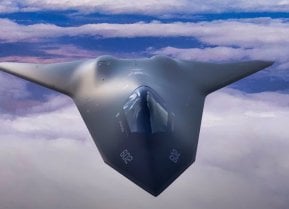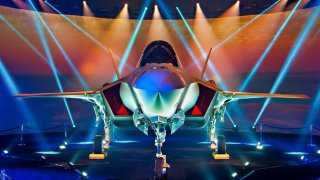F-35I Adir: The Stealth Fighter Made in USA (But Made Better in Israel)
The Israeli Air Force (IAF) will procure an additional 25 F-35I "Adir" fighter jets from the U.S. starting in 2028, forming a new third squadron.
Summary and Key Points: The Israeli Air Force (IAF) will procure an additional 25 F-35I "Adir" fighter jets from the U.S. starting in 2028, forming a new third squadron.
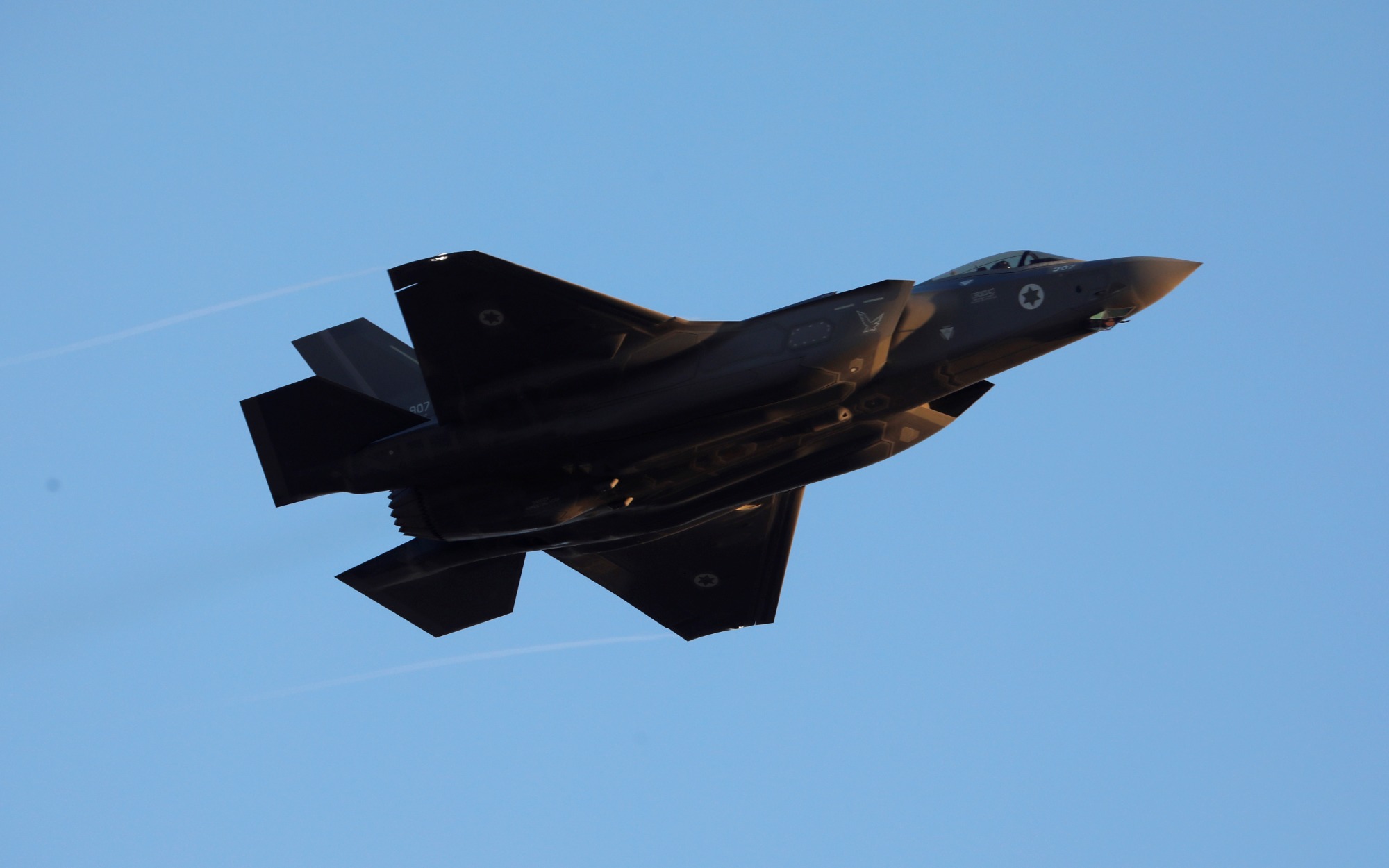
-This $3 billion deal enhances the IAF's capabilities, adding to its existing 140 Squadron "Golden Eagle" and 116 Squadron "Lions of the South."
-Israel first received Adir jets in 2016 and has since used them extensively in combat operations, demonstrating their advanced capabilities and significant role in maintaining air superiority in the Middle East. The new squadron will further bolster Israel's defense amid rising regional tensions.
Israel Expands Air Fleet with 25 Additional F-35I Adir Jets
The Israeli Air Force will procure an additional twenty-five F-35I “Adir” fighter jets from the U.S beginning in 2028. A $3 billion deal with Washington will culminate in a new third squadron for the IAF, bolstering the service’s existing 140 Squadron “Golden Eagle” and 116 Squadron “Lions of the South.”
Israel received its first Adir jets in 2016. Within several months, the Jewish state became the first country to acknowledge using any F-35 model operationally when the IAF revealed that the jets had successfully carried out bombing raids.
While the deal was approved prior to the outbreak of war with Hamas on Oct. 7, Director General of Israel’s Ministry of Defense Maj. Gen. Eyal Zamir noted that the conflict accelerated the process.
What Makes the F-35I Adir Jet So Valuable?
Israel is surrounded by hostile adversaries and needs a versatile arsenal of advanced technological weapons systems to offset numerical disadvantages.
Today, the IAF’s air superiority over the Middle East can be attributed at least in part to the nation’s fleet of specially modified F-35 Lightning II fighter jets. The Jewish state became the first country outside of the Joint Strike Fighter’s nine-nation co-development group to purchase the jet back in 2010. The IAF was granted permission to equip its procured fighters with a homegrown Electronic Warfare System. Domestically produced countermeasures, sensors, and helmet-mounted displays were also built into the platform.
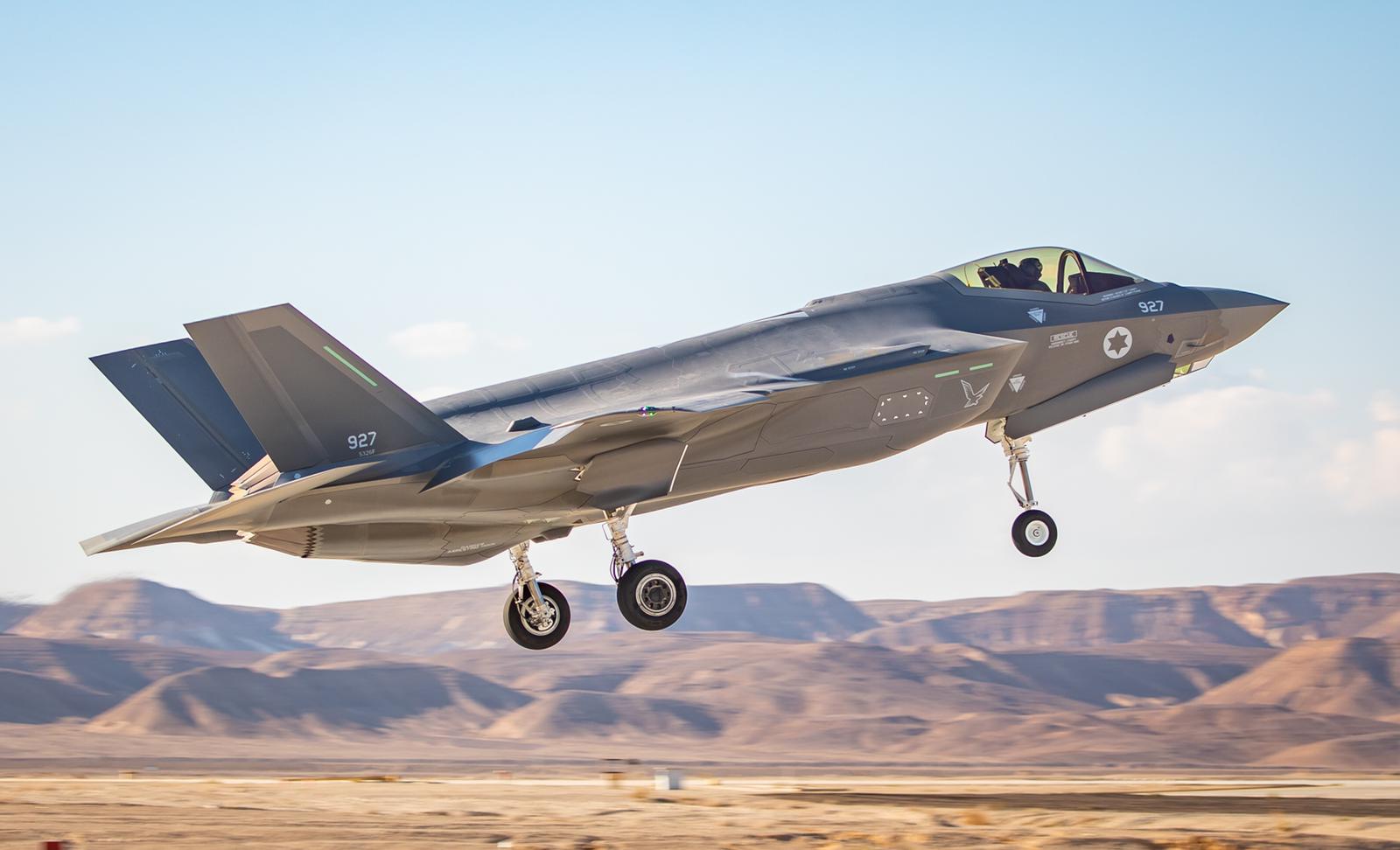
The Adir variant has already proven to be a significant component of Israel’s aerial strategy. In 2019, the F-35I flew in its first combat operation for the IAF. It carried out strikes in Syria, targeting Iranian assets on the ground. Two years later, the IAF said its fleet of F-35s had carried out the platform’s first aerial engagement, taking down an Iran-launched unmanned aerial vehicle that was flying close to the border.
Since Hamas’s October 7 massacre, the IAF has used its Adir fleet quite extensively in military operations against the Gaza-based terror group. The IAF previously verified that one of its F-35Is successfully intercepted a cruise missile. The F-35’s Program Executive Officer, Lt. Gen. Michael Schmidt, also commended the Adir’s “exceptional performance” during a House Armed Services subcommittee hearing, according to Eurasian Times.
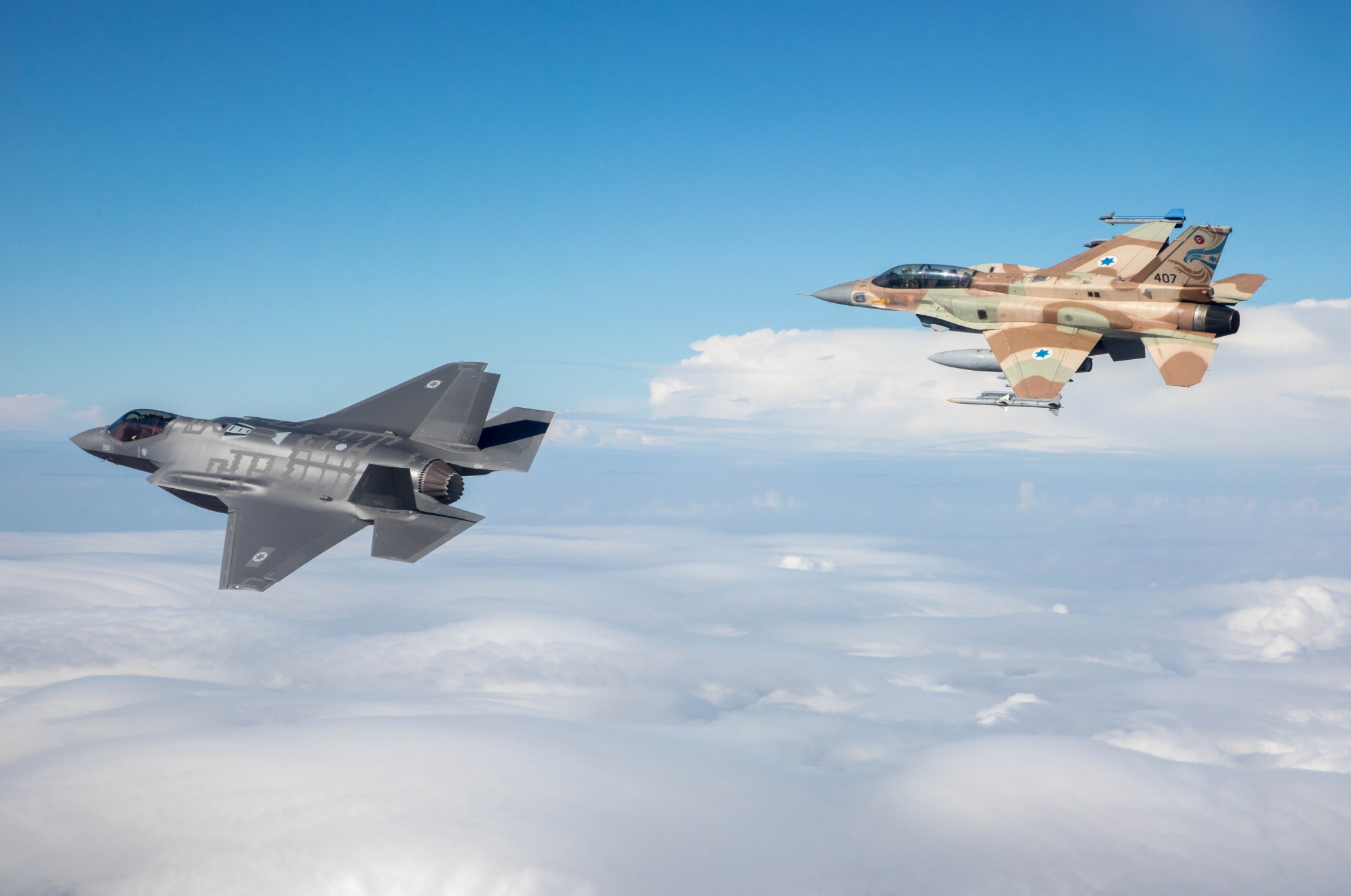
The introduction of the IAF’s third Adir squadron will only bolster Israel’s capabilities as geopolitical tensions continue to rise in the region. To round out its aerial fleet, Israel is also looking to purchase additional F-15s down the line.
About the Author: Maya Carlin
Maya Carlin, National Security Writer with The National Interest, is an analyst with the Center for Security Policy and a former Anna Sobol Levy Fellow at IDC Herzliya in Israel. She has by-lines in many publications, including The National Interest, Jerusalem Post, and Times of Israel. You can follow her on Twitter: @MayaCarlin.
All images are Creative Commons.
